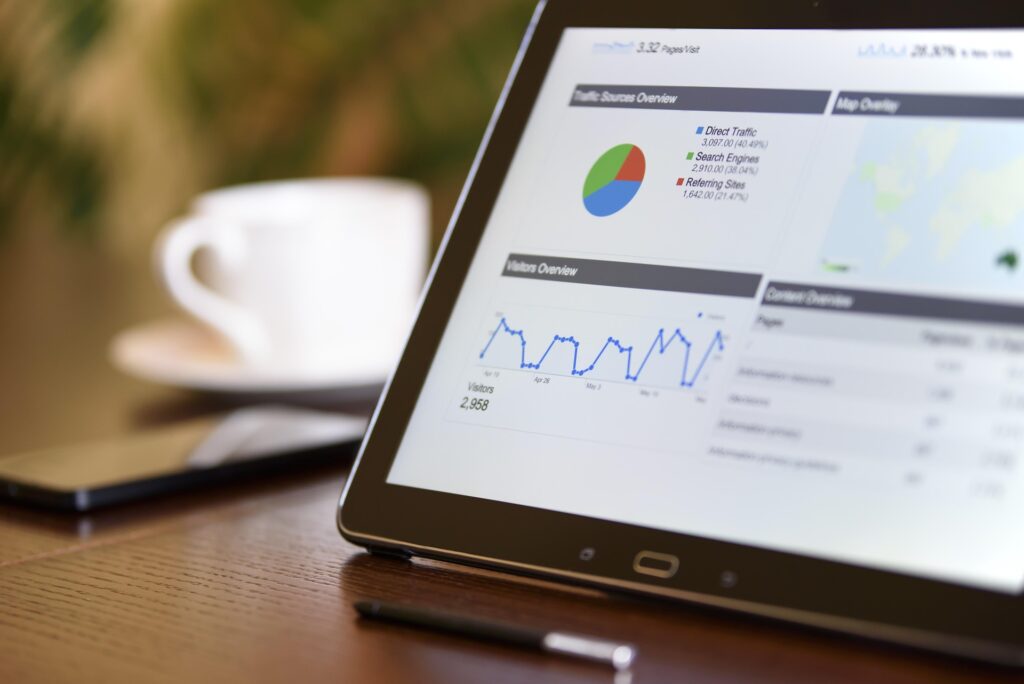
These influencers, who have a dedicated following on social media platforms like Instagram, TikTok, YouTube, and blogs, share authentic content that resonates with their audience.
The strength of influencer marketing lies in the relationship between influencers and their followers. Their recommendations feel more genuine and less like hard-sell tactics, which makes them highly effective in driving consumer trust and engagement.
Why Influencer Marketing is Continuing to Grow in 2025
As we move further into 2025, influencer marketing is expected to become even more prominent. The evolution of social media platforms and the rise of new tools are making collaborations between brands and influencers more targeted and strategic than ever before.
Key factors contributing to the growth of influencer marketing include:
- The increasing trust consumers place in influencers over traditional advertisements.
- The demand for authenticity in marketing, with followers preferring personal, unfiltered recommendations over traditional brand messaging.
- The growing importance of niche markets, where influencers can engage smaller, highly targeted groups with relevant products.
Trends in Influencer Marketing for 2025
As influencer marketing continues to evolve, several new trends are emerging:
- Increased Focus on Niche Influencers: In 2025, we’ll see brands working with micro-influencers and niche influencers who cater to specific audiences. These influencers often have a highly engaged following, making them ideal for targeted campaigns.
- Authenticity and Transparency: With consumers becoming more savvy, they value transparency. Influencers will need to disclose partnerships more clearly and maintain genuine connections with their followers.
- Use of Advanced Technology: New tools like augmented reality (AR) and artificial intelligence (AI) are enhancing the ways brands collaborate with influencers, making campaigns more interactive and engaging.
- Relevance: Does the influencer’s audience align with your target market?
- Engagement: Look for influencers who have high levels of engagement with their followers. Engagement is often a better indicator of influence than the number of followers alone.
- Values Alignment: Choose influencers who share similar values to your brand. Authentic partnerships are built on shared beliefs.
Practical Strategies to Maximize Influencer Marketing Results

To get the most out of your influencer marketing efforts, consider these strategies:
- Set Clear Goals: Whether it’s building brand awareness, driving sales, or increasing engagement, define clear, measurable goals before starting your campaign.
- Use a Multi-Platform Approach: Don’t limit your campaigns to just one platform. Leverage influencers across Instagram, TikTok, YouTube, and even blogs to reach a wider audience.
- Incorporate User-Generated Content: Encourage influencers to create user-generated content (UGC) that can be repurposed on your platforms for added credibility and authenticity.
How to Measure Influencer Marketing Success

To track the effectiveness of your influencer marketing campaigns, focus on the following metrics:
- Reach: How many people saw your campaign?
- Engagement: What level of interaction did your content receive (likes, comments, shares)?
- Conversions: How many people made a purchase or took the desired action after seeing the influencer’s content?
- Return on Investment (ROI): Assess the overall value generated from the campaign in terms of sales and brand awareness.
Challenges in Influencer Marketing and How to Overcome Them
While influencer marketing offers immense potential, there are challenges to consider:
- Authenticity Issues: Ensuring influencers maintain an authentic voice while promoting your products is key. Avoid overly scripted content and instead encourage organic, natural integration of your products.
- Finding the Right Influencer: Sometimes, finding the right influencer can be a challenge, especially if they don’t align with your brand values. Be sure to vet influencers carefully.
- Measuring Success: Tracking ROI and conversion rates can sometimes be tricky, but using tools and metrics like affiliate links and custom promo codes can help.
- As we move into 2025, influencer marketing is poised for further transformation. The industry is evolving, and several key trends are shaping how brands collaborate with influencers. Here’s a look at what’s coming next:
- As we look toward 2025, influencer marketing is poised for significant transformation. New trends are shaping the way brands and influencers collaborate, and staying ahead of these shifts is key to successful marketing strategies. Here are the major influencer marketing trends to watch:
- Micro-influencers, those with follower counts between 10,000 and 100,000, are gaining increasing relevance in the digital marketing world. These influencers tend to have more niche and engaged audiences, making their content feel more personal and authentic. As consumers crave more genuine interactions, micro-influencers offer a more relatable, cost-effective alternative to larger influencers or celebrities, making them a top choice for brands targeting specific demographics.
- Advancements in artificial intelligence (AI) and big data are set to revolutionize influencer marketing in 2025. AI platforms will allow brands to more accurately assess influencer authenticity, engagement rates, and audience demographics. This means brands can select influencers based on real-time, data-driven insights, ensuring a more efficient and targeted marketing approach. Using AI, brands can make smarter, data-backed decisions when choosing influencers for campaigns.
- Short-form content, particularly videos, will remain a driving force in influencer marketing. TikTok, Instagram Reels, and similar platforms have made short videos the preferred medium for audiences. These bite-sized, attention-grabbing videos allow influencers to quickly communicate messages, whether it’s through humor, storytelling, or visually compelling content. For brands, embracing short-form content is essential for staying relevant and engaging their audience effectively.
- Live streaming on platforms like Instagram Live, TikTok Live, and YouTube Live is growing rapidly and will continue to play a significant role in 2025 influencer marketing campaigns. Influencers will use live sessions for product launches, demonstrations, and real-time Q&A. This interactive format fosters stronger audience engagement and builds trust, allowing brands to directly communicate with their target market and show transparent.
- As influencer marketing continues to evolve in 2025, brands must stay ahead of the trends that will define the future of the industry. With the rise of micro-influencers, a shift toward authentic content, and an increasing focus on niche influencers and social causes, brands will have ample opportunities to build meaningful relationships with their audience